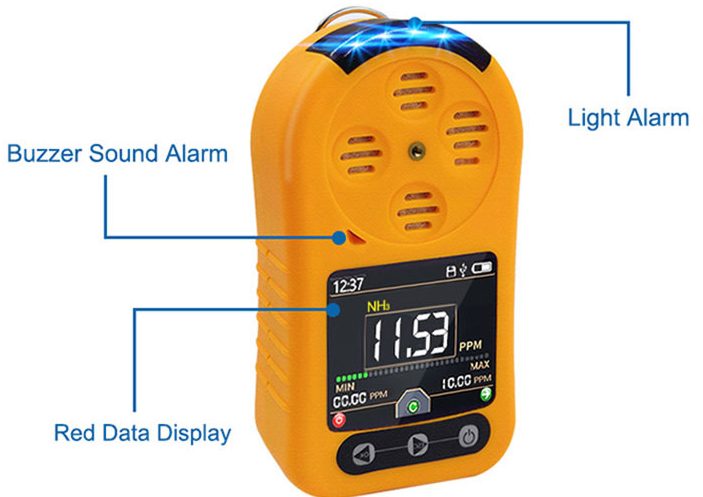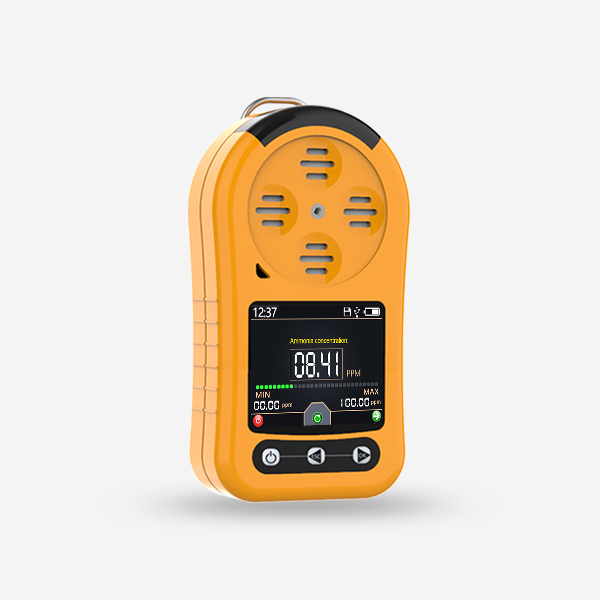Learn about gas detector
Gas detector play a critical role in safeguarding environments from potentially harmful gas exposure. With the ability to detect a wide range of gases, these devices are instrumental in ensuring safety in various settings, including industrial facilities, commercial spaces, and residential buildings. In this article, we will explore the significance of gas detectors, their working principles, key applications, and the impact they have on maintaining a safe and healthy environment.

Working Principles of gas detector
Gas detectors utilize different technologies to detect the presence of hazardous gases. Among the most common are electrochemical sensors, catalytic bead sensors, infrared gas sensors, and photoionization detectors. Each technology has its unique approach to detecting specific gases, such as carbon monoxide, methane, hydrogen sulfide, and volatile organic compounds (VOCs). These sensors work by measuring changes in electrical currents, heat generation, light absorption, or ionization, providing real-time data on gas concentrations in the surrounding environment.

Applications
Industrial Safety: In industrial settings where various gases are present, gas detectors are essential for ensuring the safety of workers and preventing potential hazards. These detectors are used to monitor confined spaces, manufacturing plants, chemical refineries, and other facilities to alert personnel of any leaks or abnormal gas levels.

Commercial and Residential Use: Gas detectors are also employed in commercial and residential buildings to detect and alert occupants of gas leaks from appliances such as stoves, ovens, and heating systems. This proactive approach helps prevent potential gas-related accidents and ensures the well-being of occupants.
Environmental Monitoring: Beyond indoor spaces, gas detectors are utilized for environmental monitoring to measure air quality and detect pollutants. They contribute to public health and safety by providing valuable data for assessing and mitigating the impact of harmful gases on the environment.
Significance
Gas detectors play a crucial role in safeguarding human life and the environment. By providing early warnings of gas leaks or abnormal gas concentrations, these devices enable swift responses to mitigate potential risks. Their role in industrial safety is particularly significant, as they help prevent accidents and protect workers from exposure to toxic gases.
Furthermore, gas detectors contribute to regulatory compliance by ensuring that workplace environments adhere to safety standards and guidelines. They also support emergency response preparedness by facilitating timely evacuation and intervention measures in the event of a gas-related incident.
Conclusion
In conclusion, gas detectors are indispensable tools for safeguarding environments from harmful gas exposure. Their ability to detect a wide range of gases, coupled with their role in industrial safety, commercial and residential use, and environmental monitoring, underscores their importance in maintaining safe and healthy surroundings. As technology continues to advance, innovations in gas detection systems will further enhance their capabilities, contributing to a safer, more secure future for all.
